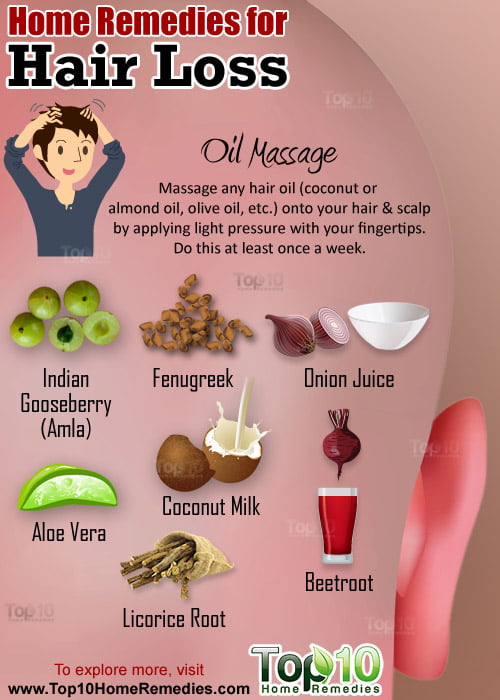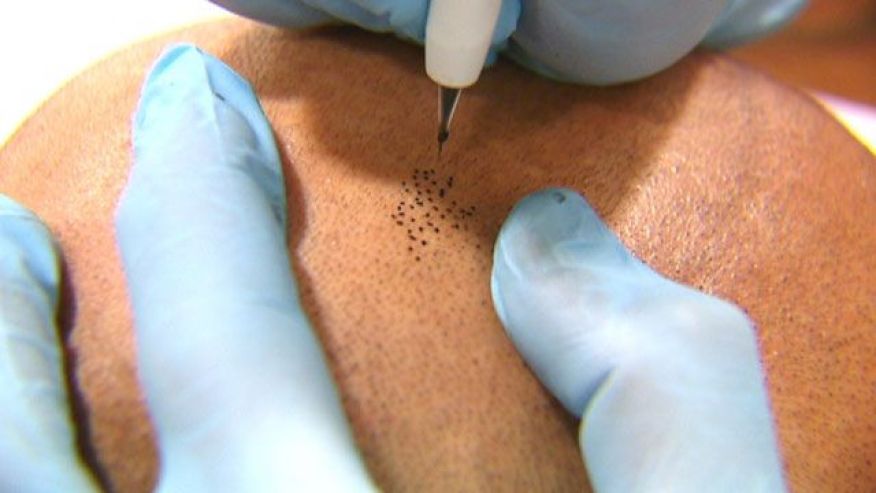Why people lose their locks in old age may be related to the aging of hair follicle stem cells, two new studies suggest. Though it is known that mammals that live for longer lifespans lose their hair, the mechanisms underlying this fate have been a mystery. Hair follicle stem cells (HFSCs), which generate the sacs or follicles that produce hair, keep hair growth going repeatedly over time.
Surprisingly, they have even been shown, in mice experiments, to resist aging. To better understand the role HFSCs might play in aging-associated hair loss, Hiroyuki Matsumura and colleagues studied hair follicles in a mouse model of accelerated hair loss. An analysis of the animals’ skin at 18 months, a stage when their hair loss begins, showed that their hair follicles were miniaturized and reduced in number and thickness.
The researchers hypothesized that changes in follicle-generating HFSCs might be to blame, and further studies — including of key genes involved in HFSC maintenance -confirmed their hypothesis. Accumulating DNA damage in the hair follicle stem cells seems to play a role in driving the changes to them, the authors say.
One gene found to be especially important to regulating HFSCs was COL17A1; HFSCs are eliminated in mice engineered to lack this factor. A second study identifies a transcription factor that HFSCs use to initiate hair growth. During the adult hair cycle, HFSCs periodically go through phases of activation and quiescence to maintain a stem cell population and to produce new hair follicles. By manipulating expression of Foxc1 at different stages of the hair growth cycle, Li Wang et al. determined that this transcription factor promotes signaling between two key mechanisms that control quiescence, Nfatc1 and BMP. These findings suggest that quiescent HFSCs sense the change of their cellular states and utilize transient gene activation to maintain their identity.
Together, these two studies add volume to the research surrounding hair growth.
[Source:- Science Daily]














